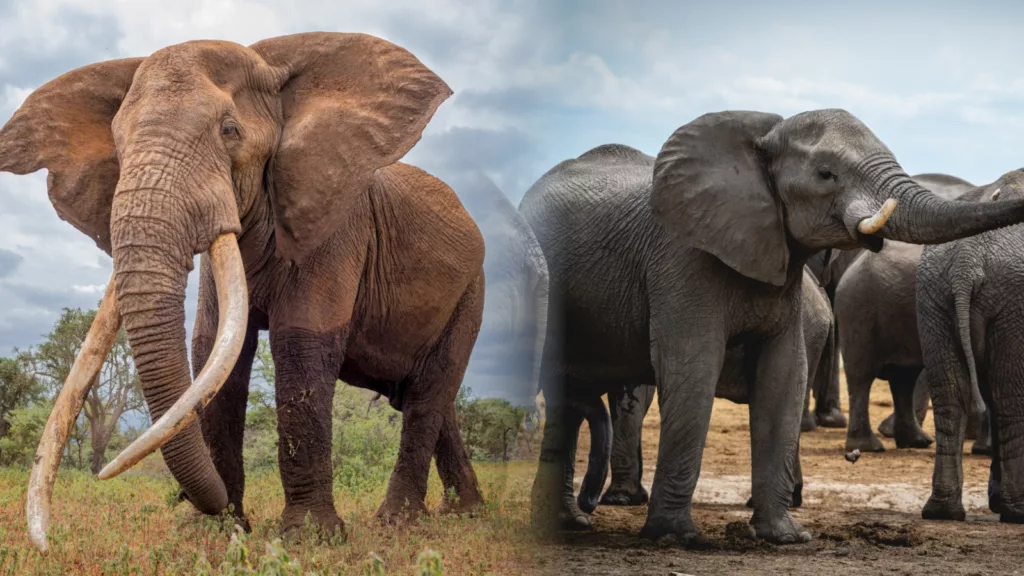Elephants, the largest land animals on Earth, are often referred to as “gentle giants” due to their immense size and complex, compassionate social structures. These remarkable creatures are renowned for their intelligence, long-term memory, and emotional depth.

Social Structure and Behavior
Elephants are highly social animals with a fascinating and intricate family life.
- Matriarchal Society: Female elephants and their young live in tight-knit family groups led by a matriarch—the oldest and largest female. This matriarch is a crucial figure, using her life experience to guide the herd in finding food and water and navigating their vast territories.
- Strong Bonds: The bonds within an elephant family are exceptionally strong. Females remain with their herd for their entire lives, forming lifelong relationships with their mothers, sisters, and offspring. They engage in cooperative calf care, where other females, known as “allomothers,” help to protect and raise the young.
- Male Behavior: As males reach young adulthood (between 9 and 18 years of age), they leave the family herd to roam on their own or in small, temporary bachelor groups. Their social ties are looser than those of the females, and they spend a significant amount of time as solitary bulls.
- Communication: Elephants communicate through a wide range of vocalizations, including rumbles, bellows, and trumpeting. They also use gestures, touch, and even scent to convey information. Recent research has shown that elephants use intentional, goal-directed gestures, a complex form of communication previously thought to be unique to humans and great apes.
The Role of Elephants in the Ecosystem
Elephants are considered a keystone species, meaning they have a disproportionately large impact on their environment, shaping the landscape and benefiting a wide array of other species.
- Ecosystem Engineers: Elephants are vital in maintaining the balance of their ecosystems. In dry landscapes, they use their tusks and trunks to dig for underground water, creating essential watering holes for other animals. Their feeding habits prevent savannas from becoming overgrown with trees, ensuring grasslands remain open for other grazers like zebras and wildebeest.
- Seed Dispersers: As they travel, elephants consume large quantities of fruit and vegetation. The seeds pass through their digestive system and are deposited in their dung, which acts as a natural fertilizer. This process helps to spread new plant growth and maintain forest health, with some tree species relying almost entirely on elephants for seed dispersal.
Conservation Status and Threats
Despite their cultural significance and ecological importance, elephant populations face significant threats, primarily from human activities.
- African Elephants: The International Union for Conservation of Nature (IUCN) classifies African savanna elephants () as Endangered and African forest elephants () as Critically Endangered. The primary threat to African elephants is poaching for the illegal ivory trade.
- Asian Elephants: The Asian elephant () is classified as Endangered. The most significant threat to this species is habitat loss and fragmentation, which leads to increasing human-elephant conflict as the animals venture into agricultural areas in search of food.
Conservation efforts focus on a multi-pronged approach, including anti-poaching campaigns, protecting and restoring habitats, and working with local communities to reduce human-elephant conflict.
